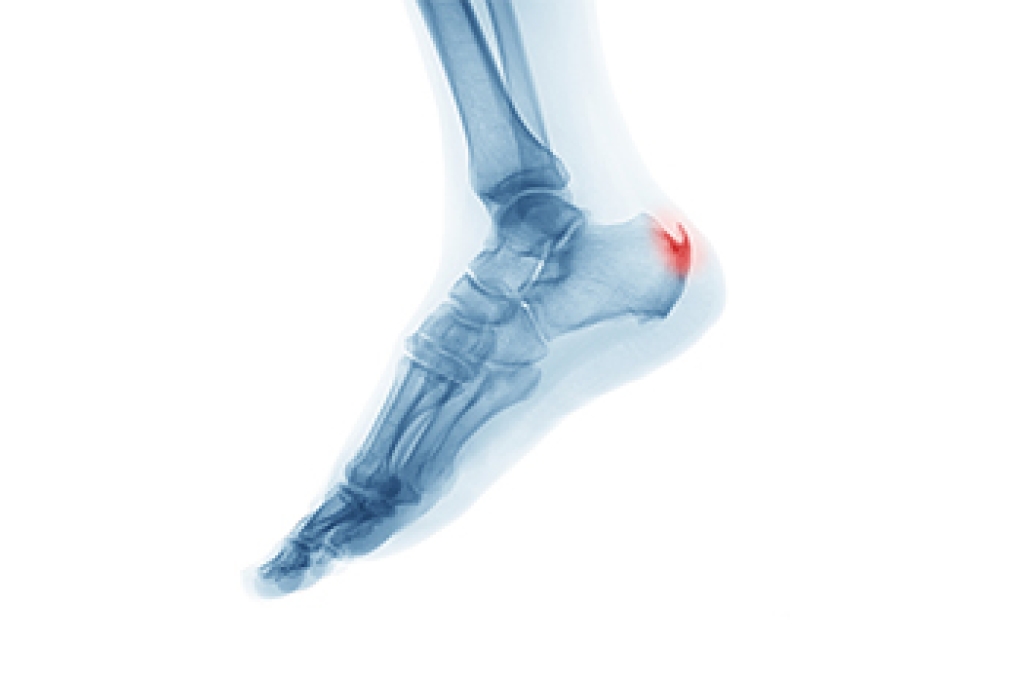
Heel spurs are bony growths that develop on the underside of the heel bone, often causing significant pain and discomfort. They typically form over time due to repetitive strain on the foot muscles and ligaments, leading to calcium deposits that build up and create a spur. Heel spurs are commonly associated with plantar fasciitis, a condition characterized by inflammation of the plantar fascia, the thick band of tissue running along the bottom of the foot. People with heel spurs may experience sharp pain, especially when standing up after long periods of rest, or after prolonged activity. Risk factors include obesity, wearing poorly fitting shoes, and engaging in activities that place excessive stress on the heel, such as running or jumping. Treatment often involves rest, stretching exercises, and wearing supportive footwear or orthotic inserts. In severe cases, corticosteroid injections or surgery may be necessary to alleviate pain and remove the spur. If you have a heel spur that is causing persistent discomfort, it is suggested that you visit a chiropodist for a proper diagnosis and a treatment plan.
Heel spurs are bony outgrowths from calcium deposits. They occur at the back of the heel bone or underneath the heel bone and usually form in response to chronic irritation of the Achilles tendon or plantar fascia. They are often asymptomatic, but if you are suffering from heel pain, please consult with one of the chiropodists from The Footcare Centre. Our chiropodists can help you maintain the health of your lower limbs and your mobility.
Symptoms of Heel Spurs
- Tenderness
- Heel pain
- Pain when walking
- No symptoms
Diagnosis
Since heel spurs are often asymptomatic, they are usually only diagnosed when they are found on the heels incidentally during an X-ray taken for another reason. Nevertheless, if you have heel pain, and particularly if you have plantar fasciitis or Achilles tendonitis, it may be worth it to see if you have heel spurs too.
Treatment
Unless they are causing symptoms, heel spurs typically don’t require any treatment. When they are symptomatic, treatments are typically conservative. They may include resting and icing the affected foot, taking anti-inflammatory medications, and wearing orthotics or supportive footwear, especially while exercising.
If you have any questions, please feel free to contact our office located in . We offer the newest diagnostic and treatment technologies for all your foot care needs.
